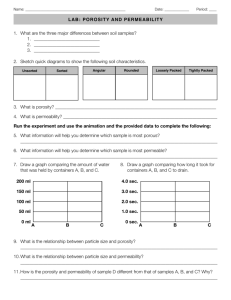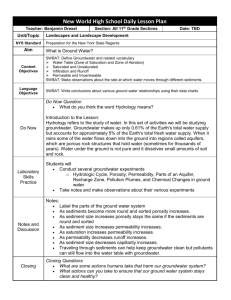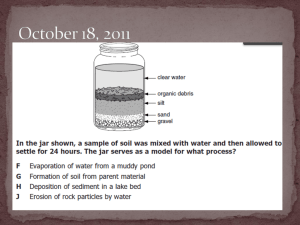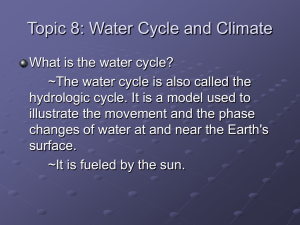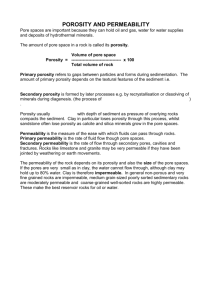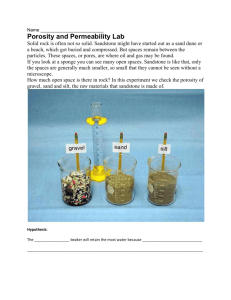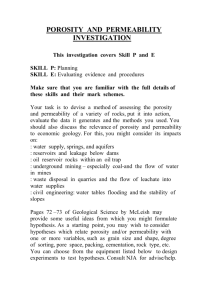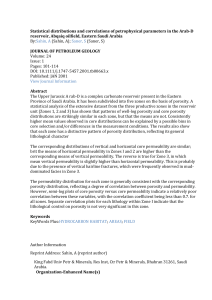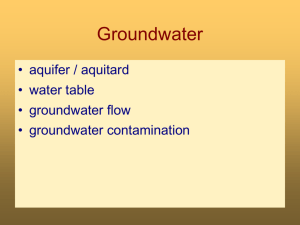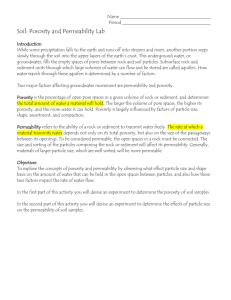Do NOW
advertisement
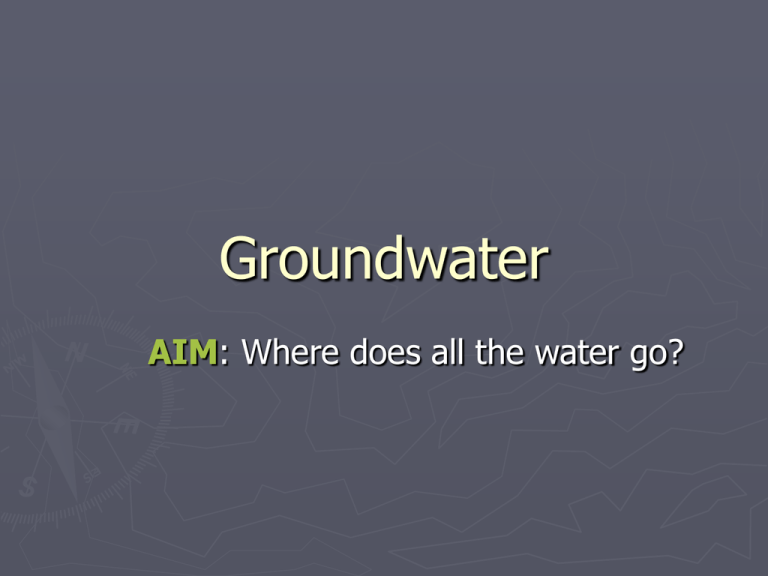
Groundwater AIM: Where does all the water go? Water Cycle (hydrologic cycle) Water enters the atmosphere… ► Evaporation – Water changes from a liquid to a gas. Most water evaporates from the oceans. Latent heat is stored. Wind and high temps speed up evaporation. ► Transpiration – water in plants evaporates ► Evapotranspiration – all evaporation from earth and plants. Water leaves the atmosphere… ► Condensation – Water changes from a gas to liquid to form clouds. Latent heat is released. ► Precipitation – any form of water that falls from clouds (rain, snow, sleet, hail) Where does it go? ► Runoff –water that flows over the ground, eventually leads back to a larger body of water ► Accumulation – when water collects into large bodies, or falls directly into it Where does it go? ► Infiltration – when water seeps (sinks) into the ground to be stored as groundwater in the water table. ► Groundwater flow – when water moves while underground Factors that affect infiltration ► 1. Porosity: the size of the spaces between sediments in the ground or in the rocks themselves. ► 2. Permeability: how fast water will pass through the soil material. The ability to pass through sediments in the ground. Water table ► ► The height of the water in the ground. Water near the surface can evaporate, lowering the water table. Water will infiltrate the ground when it is unsaturated and permeable, causing the water table to rise. Infiltration – water will seep into ground to the water table Permeability: ►Permeable: water passes through fast (gravel and sand) ►Impermeable: water passes through very slowly (silt and clay) Permeability animation Why did the water pass through the gravel and sand faster? Gravel and Sand: High porosity, high permeability Because there are larger spaces between the pieces of gravel and grains of sand where water can go through easily. Silt and Clay: Low porosity, low permeability Silt and clay are tightly packed together and have very small spaces between them. What is the relationship between sediment size and permeability? ► The larger the sediment, the more permeable because the spaces will be bigger. ► The smaller the sediment, the less permeable because the spaces will be smaller. http://www.brainpop.com/science/earthsystem/groundwater/ Porosity: ► The percentage of open space in a material compared to its total volume. Shape –rounded particles have more porosity than angular particles Packing-closely packed particle have lower porosity Sorting – sorted particle have higher porosity than unsorted But…sorted sediments that are equally packed have equal porosity Capillarity ► Small closely packed rocks will draw water up against the flow of gravity Summary: Factors that affect runoff and infiltration ► Permeability of the soil- type of soil, size of sediments, sorted vs. unsorted ► Slope – steeper will cause more runoff, shallow slope more infiltration. ► Saturation of the ground – wetter ground will decrease permeability and cause more to run off, dryer ground will allow more infiltration, less runoff ► Groundcover – vegetation decreases runoff, concrete increases runoff.
